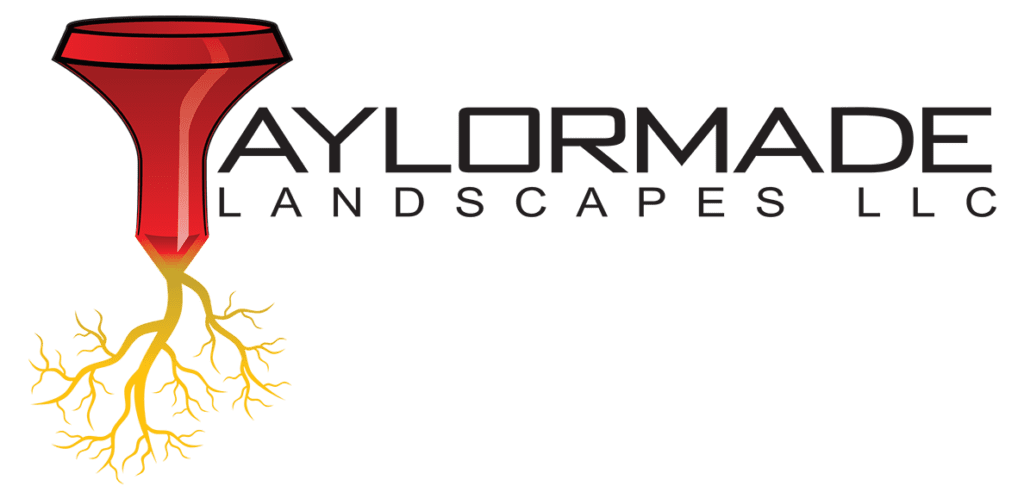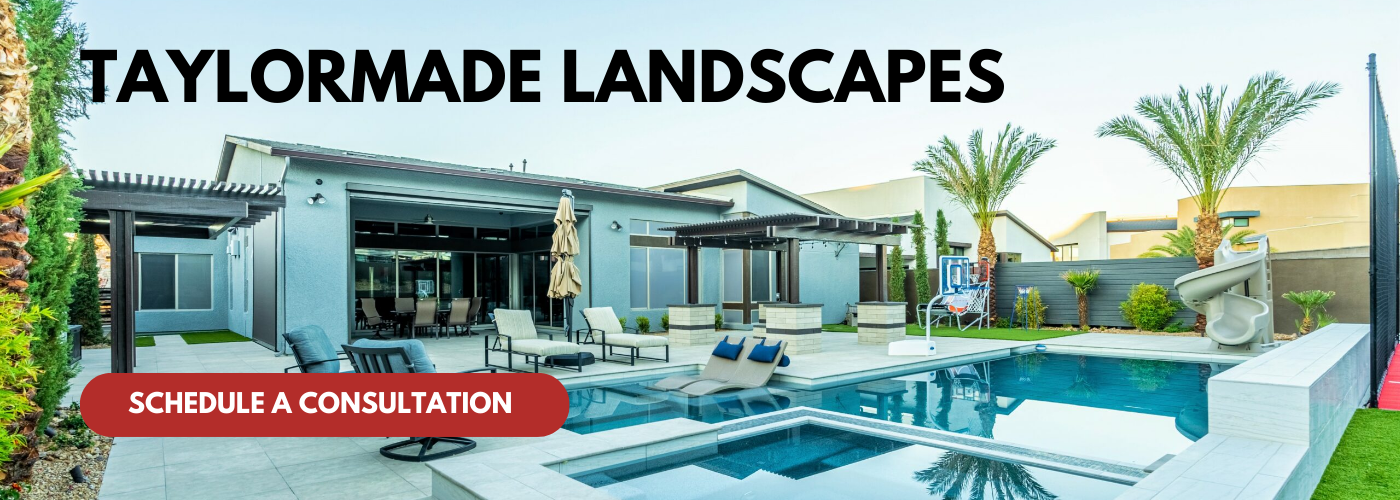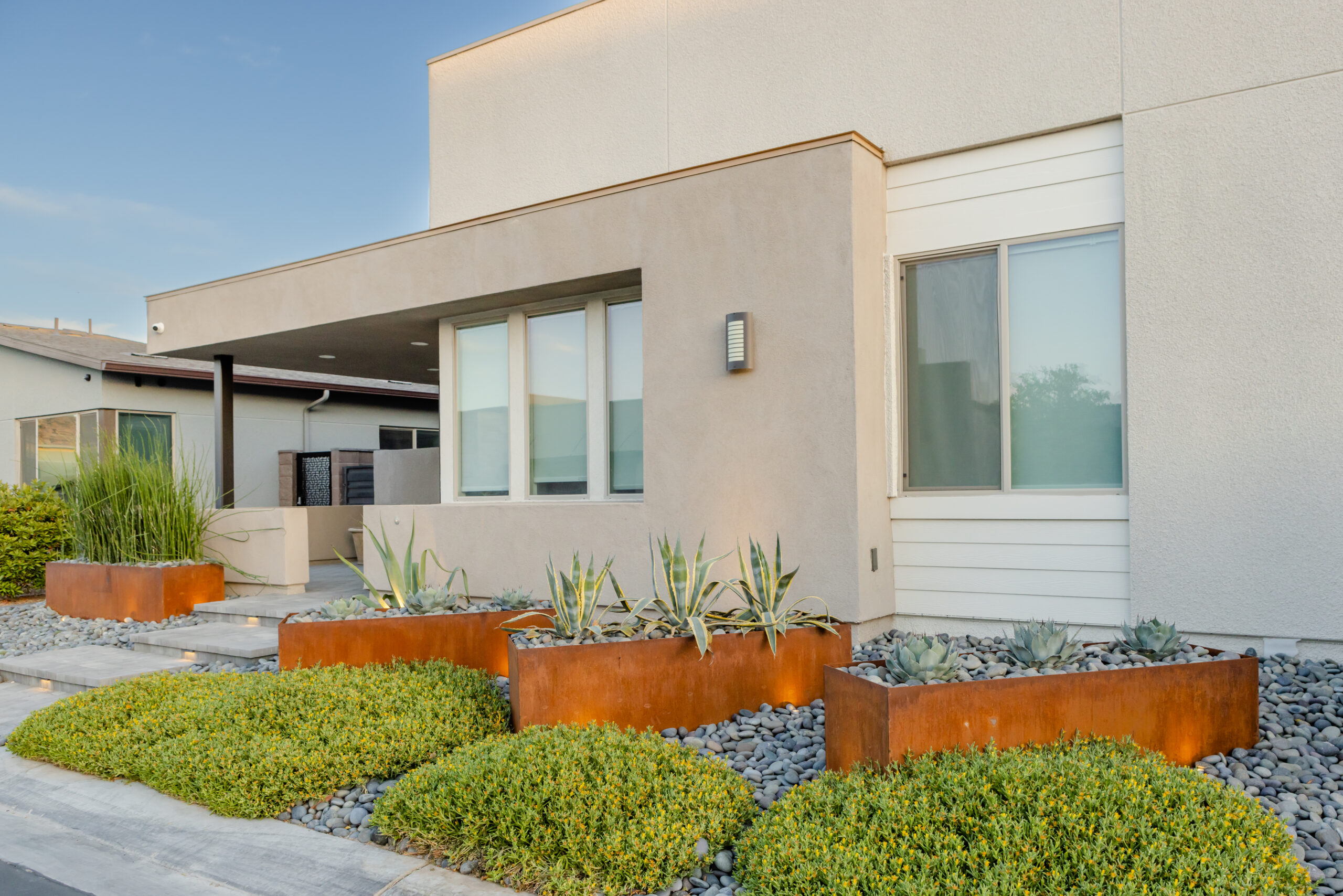As we approach 2025, the landscape of hardscape design is evolving, reflecting broader trends in architecture, interior design, and sustainable living. Hardscaping, which refers to the non-plant elements in landscape design, such as patios, pathways, and walls, is no longer viewed merely as functional. It has emerged as a crucial aspect of outdoor aesthetics, transforming spaces into extensions of our homes. Color palettes play a pivotal role in shaping these environments, influencing mood, style, and the overall ambiance of outdoor areas.
In recent years, there has been a significant shift towards natural and organic hues, inspired by the desire for harmony with the environment. This trend is expected to gain further momentum in 2025, with color palettes that echo the beauty of the natural world—think earthy browns, soft grays, and deep greens. Additionally, the increasing emphasis on sustainable and eco-friendly materials is prompting designers to focus on hues that reflect and honor the earth’s resources, leading to choices that not only enhance aesthetics but also foster a deeper connection with nature.
Contrastingly, the urban landscape is also reshaping hardscape aesthetics, leaning towards bold, vibrant colors that stand out in city environments. Bright accents and playful combinations are making appearances, reflecting a modern, contemporary approach to outdoor living spaces. Thus, the color palettes trending for hardscape in 2025 represent a rich tapestry of influences from nature, technology, and cultural shifts, offering a diverse range of options for homeowners and designers alike. Whether one seeks serene tranquility or dynamic urban energy, the hardscape color trends of 2025 promise to redefine our outdoor experiences and how we engage with our surroundings.
Earthy Tones
In recent years, the trend toward incorporating earthy tones into hardscape designs has gained significant momentum, and 2025 is poised to embrace this direction even more passionately. Earthy tones draw inspiration from nature and include shades like browns, greens, ochers, and muted grays. These colors foster a sense of connection between outdoor spaces and their natural surroundings, creating calming atmospheres and enhancing the organic beauty of landscaping elements. The appeal lies not just in their aesthetic but also in their ability to blend seamlessly with various outdoor materials such as stone, wood, and brick, which further amplifies their presence in hardscape design.
Earthy tones promote versatility and harmony in design. They can serve as a beautiful backdrop for vibrant plant life while also standing out on their own. For instance, a path lined with natural stone pavers in warm shades of taupe can complement the lush greens of grass and foliage, while greyish-brown composite material decking can anchor modern seating areas amidst a backdrop of flowering plants. As people continue to seek environments that promote well-being and sustainability, the earthy palette is likely to further resonate, encouraging serene spaces that evoke calm and relaxation.
For hardscape installations in 2025, color palettes will prioritize earthy tones combined with organic textures. Expect to see deeper hues in the browns and greens that echo rich soil and healthy plant life. Furthermore, shades inspired by natural materials like clay and stone are anticipated to become increasingly popular, allowing homeowners and designers to create outdoor spaces that feel grounded and serene. As eco-consciousness continues to rise, featuring materials and colors that reflect the earth will likely embody the broader narrative of reconnecting with the environment, making earthy tones a foundational trend for the year ahead.
Monochromatic Schemes
Monochromatic schemes in hardscape design are gaining traction in 2025, characterized by a single color palette implemented in varying shades and tones. This approach brings a level of sophistication and cohesiveness to outdoor spaces, allowing for a streamlined look that can blend seamlessly with nature. By focusing on a single hue, designers can create a visually striking environment that draws attention to the textures and forms of the materials used, rather than competing colors, which can sometimes overwhelm a design.
Incorporating a monochromatic scheme allows for a playscape that can elevate the overall aesthetics of a landscape. For instance, a garden path made from varying shades of gray stones can lead to an outdoor living space adorned with matching darker or lighter gray furniture, creating unity throughout. The advantage of this approach lies in its adaptability; monochromatic schemes can either provide a calming effect with softer shades like greens or blues or produce a more dramatic impact using bold colors such as deep reds or blacks.
Additionally, monochromatic palettes facilitate the use of different materials to add depth and visual interest. Concrete, stone, wood, and metal can all exist in the same color family, creating a multidimensional space without the chaos that multiple colors might introduce. Landscape designers can play with texture and pattern, such as mixing smooth stone pathways with rustic wooden deck areas, all while staying committed to the same color direction.
As for the colors making waves in 2025, shades like muted pastels and soft earth tones are expected to rise in popularity, often paired with richer accents for depth. These color selections can create serene outdoor retreats that feel as inviting as they do elegant. Whether incorporating monochromatic schemes through hardscaping materials or blending them with plant features, the use of a single color theme is set to dominate landscape aesthetics, promoting harmony, and tranquility in residential spaces.
Bold and Vibrant Colors
In 2025, bold and vibrant colors are making a significant impact in hardscape design, moving away from the more subdued tones that have dominated landscapes for years. Homeowners and designers are increasingly becoming adventurous, utilizing bright hues to create striking contrasts and establish focal points in outdoor spaces. This shift towards vibrant colors in hardscaping can be attributed to a growing desire for personalization and the ability to express individuality through design. Developers and landscape architects are experimenting with vivid pavers, radiant walls, and colorful outdoor furniture, leading to dynamic and engaging environments.
The use of bold colors in hardscaping can transform outdoor spaces into lively areas that invite social engagement and leisure. Combining bright shades like teal, fiery orange, and luscious fuchsia with more neutral elements creates striking visual interest. These colors capture attention while also enhancing the aesthetic appeal of a property. Vibrant colors can also reflect the surrounding nature, tying a landscape to its environment more distinctly while allowing the hardscape elements to pop. Designers are blending these bold colors with various textures and materials to create a sense of depth and movement, making outdoor spaces feel more dynamic.
You may also notice that this trend is not limited to one specific style; it is versatile enough to be adapted into modern, traditional, or even eclectic designs. For instance, pairing bold brick pathways in vivid reds with soft grey concrete works beautifully in contemporary settings, while an old-world garden might benefit from bright patterned tiles that tell a story. This diverse application of vibrant colors enables hardscape designs to resonate with various architectural styles, providing something for everyone.
As the trend moves forward, it’s likely that manufacturers will respond to the appetite for color by batch-producing multicolored materials and integrated designs. The growing importance of sustainability in design also influences this vibrant color trend; as eco-friendly materials become more available, their integration alongside bold coloration creates a unique harmony between vibrant aesthetics and environmental consciousness.
Minimalist and Neutral Palettes
Minimalist and neutral palettes are gaining popularity in the realm of hardscaping as we look towards 2025. These color schemes focus on simplicity and subtlety, often featuring shades of white, gray, beige, and soft pastels. The appeal of minimalist designs lies in their ability to create serene and calming environments, allowing homeowners to cultivate outdoor spaces that feel spacious and uncluttered. This trend resonates well with the growing preference for sustainable living, where designs focus on integrating natural elements without overwhelming the senses.
The minimalist approach not only emphasizes functionality but also highlights the beauty of natural materials. In hardscaping, this might involve using concrete, stone, or wood in their natural hues, creating visual interest while maintaining an overall understated aesthetic. The integration of these materials allows for a seamless transition between the indoor and outdoor spaces, fostering a sense of continuity within a home. Furthermore, minimalistic designs can be incredibly versatile, adapting easily to various architectural styles and landscaping features.
In terms of landscaping, the use of minimalist and neutral palettes opens up opportunities for incorporating greenery without competition from vibrant colors. Soft outdoor lighting and monochromatic planters can enhance the tranquil feel of the space, allowing plants to take center stage. As trends evolve, incorporating textures through the careful selection of materials like gravel, smooth stones, or wooden decking can add depth and character to otherwise muted landscapes. This ensures that the final result is anything but boring, striking the balance between simplicity and sophistication.
When it comes to the future of hardscape color palettes, the inclination towards minimalist and neutral tones is expected to continue in 2025. As homeowners seek to create harmonious and cohesive outdoor spaces that promote relaxation and connection to nature, this trend aligns perfectly with modern aspirations of less clutter and more tranquility in both indoor and outdoor settings. The warmth and subtlety of these palettes evoke a timelessness that can withstand changing trends, making it a wise investment for the conscientious homeowner.
Textured Color Combinations
In 2025, textured color combinations will play a pivotal role in redefining outdoor hardscapes, weaving together visual interest and tactile experiences. The emphasis on texture goes beyond simply incorporating various materials; it involves skillfully blending colors that complement and contrast the natural and built environments. This trend stems from a desire to create spaces that are not only aesthetically pleasing but also engaging to the senses. Property owners and designers will be looking to harness textures that invite touch and exploration while simultaneously enhancing the overall design narrative.
The synergy of different textures can elevate a hardscape by introducing layers of depth and contrast. For instance, combining rough, rustic stones with sleek, polished surfaces creates a dynamic interplay that draws the eye and encourages interaction. In 2025, expect to see richly saturated colors paired with materials that have interesting surface finishes, such as unpolished concrete, weathered wood, or reclaimed brick. This combination not only adds visual allure but also reflects a commitment to sustainability by utilizing materials that may have a story or history.
Color palettes for textured combinations will likely echo the natural beauty of the surrounding landscape, inspired by organic forms and environments. Earthy hues such as terracotta, moss greens, and muted blues will be prevalent, providing a grounding effect that harmonizes outdoor spaces. Bright accents, like deep coral or jewel tones, will infuse life into these palettes and serve to highlight specific areas or features, such as pathways, retaining walls, or patios. This juxtaposition between earthy base tones and vibrant accents will ensure that hardscapes remain elegant, sophisticated, and in tune with contemporary aesthetics for the foreseeable future.
Ultimately, the exploration of textured color combinations represents a holistic approach to outdoor design in 2025. It invites a deeper engagement with spaces, encouraging individuals to experience hardscapes fully by engaging multiple senses. As these design trends evolve, property owners will not only beautify their exteriors but also foster environments that promote connection, reflection, and enjoyment in their outdoor living spaces.




